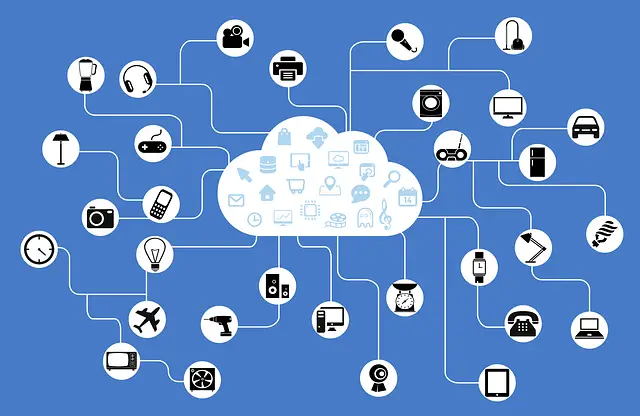The Internet of Things or the Internet of Trash? Look around you. How many obsolete devices can you see? Most of us horde them for a while (it’s a ‘just in case thing’, isn’t it?) until we eventually accept that they’re just taking up space. By then, no-one else wants them either.
So what to do with them? The Chinese have stopped taking most e-waste. They’ve finally realized that it’s going to drown them rather than us. Think of it as a survival thing.
The local e-waste team near me has more than they can handle. They used to try to refurbish and donate or sell but even the disadvantaged don’t want last year’s model now.
I headed to another e-waste depot to deposit two working, but admittedly aged, laptops only to find a sign telling me that they had closed!
It’s a problem. It’s not going away and it’s about to get a whole lot bigger!
A lack of forethought will leave us with a mountain of obsolete devices and no way to dispose of them.

In 2016, Masayoshi Son, the CEO of SoftBank Group Corp., predicted that in the next 20 years there will be a trillion connected devices in the world and orbiting the planet. This spurred his investment in Arm Holdings, the chip-design company, which is profiting from increased demand for battery-sipping chips meant for low-compute jobs. Arm’s microcontrollers are now inside rings, watches, and sensors on industrial equipment.
As we add computing and radios to more things, we’re also adding to the problem of e-waste. The United Nations found that people generated 44.7 million metric tons of e-waste globally in 2016, and expects that to grow to 52.2 million metric tons by 2021.
There are two issues. We’re adding semiconductors to products that previously had none, and we’re also shortening the life of devices as we add more computing, turning products that might last 15 years into ones that must be replaced every five years.
In fact, many small connected devices such as trackers, jewelry, or wearables are designed to fail once the battery dies. At that point, the consumer tosses it out and buys another. The sports equipment company Wilson, for example, makes a Bluetooth-connected basketball. The challenge of putting a replaceable battery inside without messing up performance was too great, leading the engineers who built it to throw up their hands and say, when the battery fails, so does the connectivity.
Tile, which makes a Bluetooth tracking device with a battery expected to fail after a year, used to offer consumers a discount if they mailed an old tracker back, in a mailer that came with the original package. Tile would then dispose of the electronics for the customer.
I’ve owned many Tiles, but I’ve never sent one back. Instead, the trackers sit in a pile of dead devices that I periodically take to my local e-waste recycling center. Apparently, I’m not alone. This year, Tile changed its return policy and now encourages users to recycle the devices on their own.
Spire makes an adhesive wearable that tracks activity levels and breathing, with a battery that dies after about 18 months. Cofounder and CEO Jonathan Palley hopes consumers will ship the device back to the company when that happens. Spire has designed each of the components inside the device’s flat, 5.3-by-3.2-centimeter enclosure to be easily taken apart for recycling. Palley says it was a challenge to find glues that would allow the wearable to be machine-washed. Making something waterproof and easy to disassemble takes a lot of engineering.
Most companies developing IoT products aren’t spending that kind of effort on the original design. However, some are creating recycling programs as the challenges associated with e-waste are better understood. For example, Dell uses 3,000 kilograms of gold in its computers and servers each year, and some of that is recycled from other Dell products.
Such programs make for good PR. But as we embed precious and toxic metals into more and more devices, the tech industry must start to design with recyclability and sustainability in mind. The process may start with the materials, but it should expand to make sure these goods have a long life.
Source: IEEE Spectrum






